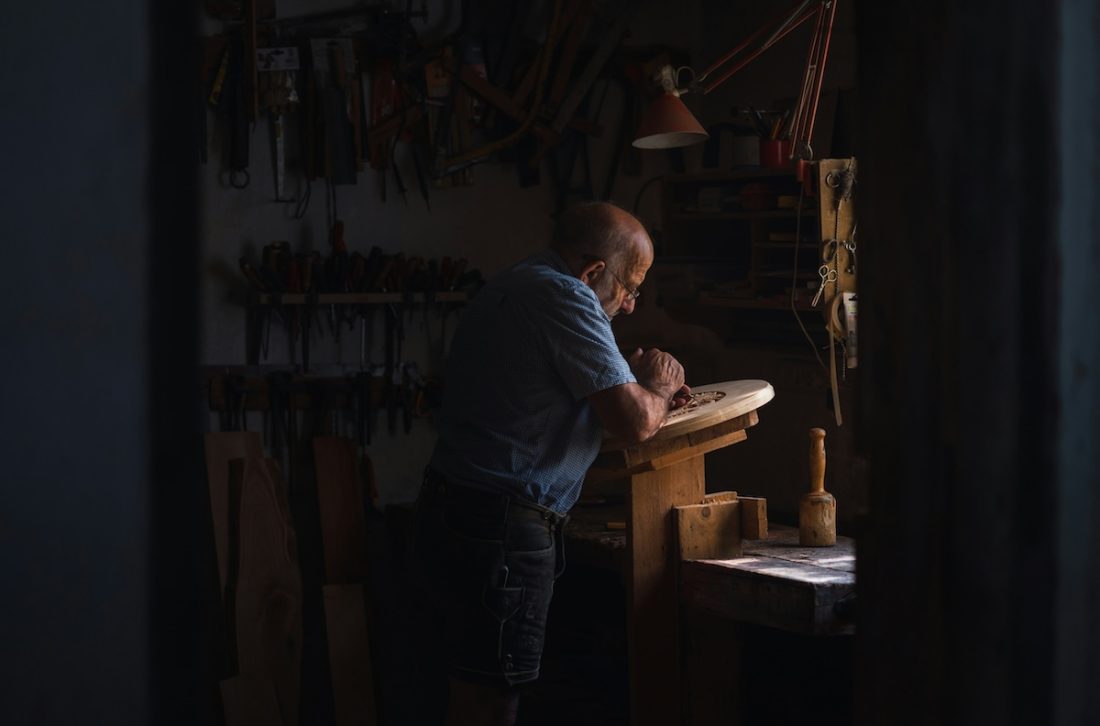Tools are more than simply instruments in the field of woodworking; they are extensions of the hands and vision of the artisan. Drawing knives have a specific position among these instruments. These multipurpose tools may be used for everything from debarking logs to molding wood. Despite their significance, many woodworkers might not be completely aware of the intriguing background and distinctive qualities that make these tools essential.
Introduction
Drawing knives, which are renowned for their accuracy and adaptability, are indispensable tools in woodworking. Craftspeople like these unusual tools, also known as draw knives or drawing knives, for jobs ranging from exquisite carving to debarking. We’ll reveal five lesser-known facts about drawing knives in this post to help you better comprehend and value these amazing instruments.
Hand-Forged Craftsmanship Enhances Performance
The hand-forged workmanship of many drawknives is one of their most notable characteristics. Hand-forged draw blades, in contrast to mass-produced tools, are composed of premium steel and offer remarkable performance and durability. Craftspeople are able to produce instruments that are both visually beautiful and useful thanks to this special forging technique.
Customization Possibilities
Customization is another intriguing feature of hand-forged drawing knives. Craftsmen can modify the handle design, draw blade length, and form to meet certain needs. Woodworkers may choose tools that feel comfortable in their hands thanks to this degree of customization, which eventually improves their control and accuracy while using them.
Versatile Cutting Edges for Different Techniques
Regarding the use of a woodworking draw knife, the blade’s form is essential to its operation. Below is a summary of the distinctions:
- Straight Draw Knife: Perfect for making accurate cuts on flat surfaces. Improves control and makes cuts more smoothly while removing bark from logs;
- A curved draw knife works well for creating hollows and curves. Ideal for creating intricate curves in sculptures made of wood.
Another important factor affecting usability is the cutting edge’s length. For the majority of jobs, a 26 cm (10.2 in) draw knife offers a good mix of control and effectiveness. Smaller models, like the 10 cm Small Straight Drawknife, are ideal for precise work, nevertheless. Shorter drawknives, such as the 7.5 cm (3 inches) type, are more helpful for complex jobs since they provide greater mobility in confined areas.
Drawknives as Essential Tools for Specific Projects
In the early phases of woodworking projects, drawing knives is crucial for rough shaping and debarking logs. Drawknives are preferred by many traditional woodworkers over power tools for debarking because they offer superior control and lower the possibility of wood damage.
Perfect for Chair Making and Spoon Carving
Drawing knives’ special shape makes them ideal for tasks requiring control and accuracy, such as carving spoons and chairs. For these operations, the curved drawing knifes Push/Pull Shave technique is very popular, since it enables woodworkers to create desired forms using both pushing and pulling actions.
Maintenance Tips for Longevity
To maintain your drawing knives operating at their best, correct sharpening practices are vital. Many woodworkers like to use tools like diamond files or whetstones to sharpen their drawknives to an extremely sharp edge.
Proper Storage Practices
For your draw knives to last a long time, proper storage is essential. Particularly for smaller blades like those on the Small Straight Drawknife (3.9 inches), corrosion and damage may be avoided by keeping them dry and utilizing protective sheaths.
The Historical Significance of Drawknives
The origins of drawing knives may be traced back to the earliest days of carpentry. In traditional woodworking, this instrument is regarded as a “must-have” and is frequently handed down through the generations of artisans. Gaining knowledge about the draw knives development helps one appreciate its ongoing appeal and importance in the woodworking community.
Cultural Variations
The draw knife has undergone distinctive design and use modifications as a result of cultural adaptations for various woodworking techniques. The terms “bark knives” and “shaving knives,” which emphasize the drawing knives’ fundamental purposes in woodworking traditions, are used in some cultures.


